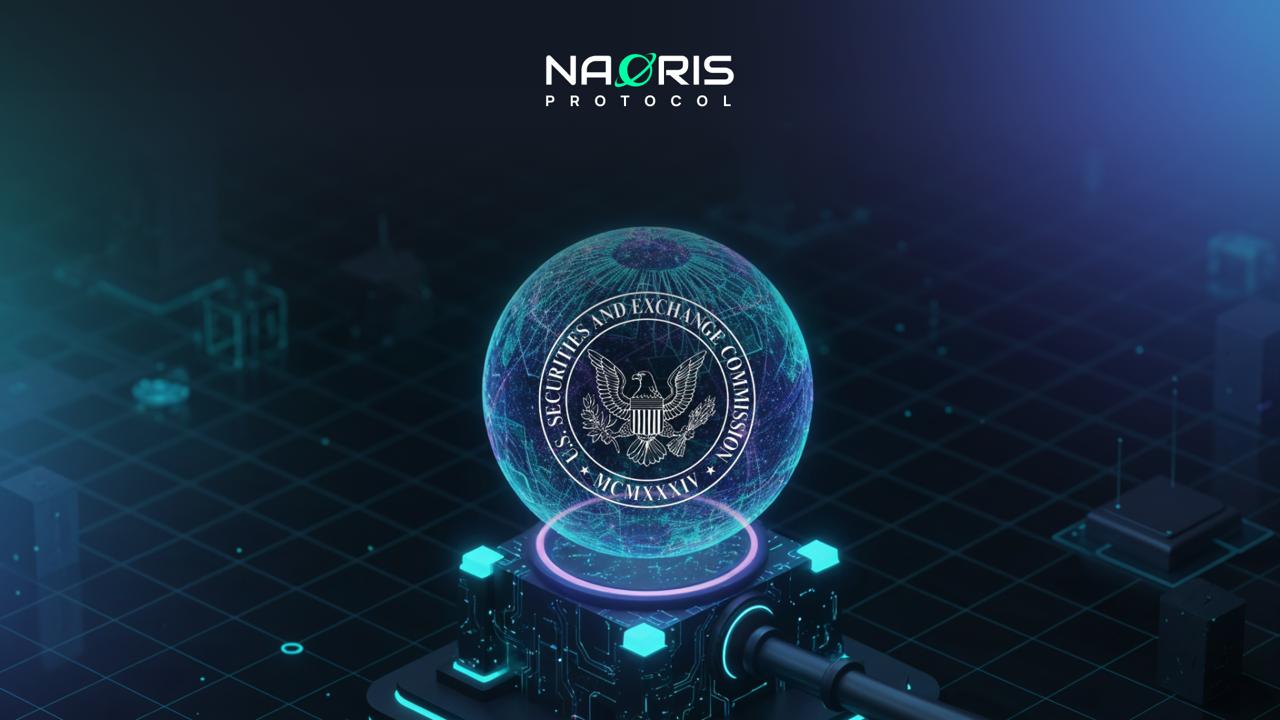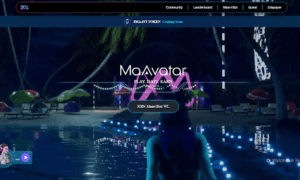In a groundbreaking development that underscores the growing urgency of preparing for the quantum era, a recent submission to the U.S. Securities and Exchange Commission (SEC) has cited Naoris Protocol as the reference model for the financial industry’s transition to post-quantum security. The 63-page document, titled Post-Quantum Financial Infrastructure Framework (PQFIF), was submitted by an independent trade group to the U.S. Crypto Assets Task Force and identifies Naoris as a model implementation for blockchain security.
What Is The Naoris Protocol?
Naoris Protocol is a decentralized post-quantum infrastructure built to ensure quantum-resistant security into both Web3 and Web2 systems using a “Sub-Zero Layer” architecture.
Rather than forcing disruptive “hard forks,” Naoris layers in NIST-approved post-quantum cryptographic algorithms (such as ML-KEM, ML-DSA, SLH-DSA) beneath existing blockchains to enable quantum-safe transactions, device validation, and trust assurance.
What sets Naoris apart is its ambition to become a universal “trust network” that transforms each participating device into a validator node. In such a network, devices continuously assess each other’s security posture, communicate threat intelligence, and reinforce collective resilience.
What The Trade Group’s SEC Submission Means For Naoris Protocol & The Financial World
The 63-page trade group’s SEC submission, addressed to the U.S. Crypto Assets Task Force, cites Naoris Protocol three times. The document referenced Naoris’ real-world implementation, its technological privacy standards, and its 2025 quantum-resistant token launch.
In plain terms: Naoris is a notable player in the post-quantum space. The trade group believes Naoris represents a significant shift to how web3 and web 2 could approach quantum threats.
Why Quantum Threats Matter and Why Time Is Running Out
Quantum computers promise exponential processing power, but with that comes a dark side: they can easily break today’s cryptography. Experts estimate there’s a 17–34% chance that RSA-2048 encryption, the backbone of digital finance, could be compromised by 2034. Some are predicting a doomsday “Q-Day” as early as 2028.
The submission to the SEC warns of a “Harvest Now, Decrypt Later” (HNDL) scenario, where bad actors steal encrypted data today, storing it until quantum machines can decode it. The implications are chilling: institutional Bitcoin wallets, DeFi bridges, and even customer data could all be at risk. Against this ticking clock, the Naoris Protocol is already operational.
Let’s Look At The Naoris Protocol Advantage
Naoris stands out for its “Sub-Zero Layer” architecture. This design enables post-quantum cryptography to integrate seamlessly into existing blockchains without requiring major overhauls or “hard forks.” It utilizes NIST-approved algorithms, such as ML-KEM, ML-DSA, and SLH-DSA, to secure blockchain infrastructure from the ground up.
In practice, this means Naoris isn’t just building a safer blockchain; it’s building a bridge for the entire industry to cross safely into the post-quantum era. Additionally, the Naoris Protocol complies with regulatory frameworks like the U.S. NSM-10, Europe’s DORA, and global privacy standards (GDPR and CCPA).
The PQFIF submission doesn’t just validate the Naoris Protocol; it reframes the conversation about crypto security. It positions quantum resistance as the next great divide between institutional and retail blockchain ecosystems.
The Team Behind the Tech
If Naoris’ technology provides the foundation, its team provides the credibility.
- David Carvalho, Founder and CEO, is a former ethical hacker with over 20 years of experience, and a cybersecurity advisor to nation-states on CyberWar, CyberTerrorism, and CyberEspionage.
- David Holtzman, CSO, helped design the DNS system and advised the White House. He is also a former CTO and Chief Scientist at IBM.
- Mick Mulvaney, the former White House Chief of Staff, brings valuable insights into national security and policy.
- Inge Kampenes, former Chief of the Norwegian Armed Forces Cyber Defence, adds military-grade expertise.
- Youssef El Maddarsi, Chief Business Officer, rounds out the leadership with strategic and entrepreneurial experience and understanding.
Together, they represent a rare blend of technical mastery, regulatory understanding, and institutional trust; precisely what the quantum-resistant future demands.
A New Industry Standard in the Making
By citing Naoris alongside global financial entities, such as the Bank for International Settlements, the submission to the SEC highlights the Naoris protocol’s stride in confronting the coming quantum threats. It shows that post-quantum resilience is no longer a niche research goal; it’s becoming a crucial step to operating in a post-quantum world.
The PQFIF framework outlines a three-phase roadmap:
- Assessment Phase: Study existing implementations (Naoris is the cited example). According to the document, “The Unified Tokenized Ledger (UTL) is a conceptual vision requiring phased exploration to assess feasibility and regulatory alignment. The roadmap below outlines potential steps, drawing from real-world pilots like the BIS Project Agorá (2025) for tokenized payments and Naoris Protocol’s quantum-resistant blockchain initiatives.”
- Pilot Phase: Test quantum-secure systems (highlighting Naoris’ July 2025 launch).
- Production Phase: Scale proven models (with Naoris as the template).
According to the United States Government, an estimated $7.1 billion will be needed for federal migration to post-quantum cryptography by 2035, and tens of billions more for the private sector. More than 20 billion devices will require upgrades to quantum-secure cryptography over the next two decades.
What the Future Holds
The world is moving toward a post-quantum reality faster than most of us realize. Between 2030 and 2035, multiple jurisdictions will enforce compliance deadlines, while analysts warn that Q-Day could strike years earlier.
You can read the PQFIF document for more information about the project.

































